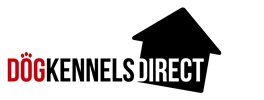
Dogs & Bee / Wasp Stings
Share
Our dogs love to chase down anything that moves in most cases. That is no different with insects and other buzzing animals. Trying to catch bees, wasps and flies in general can be a good source of entertainment to your dog when they spot them although they can be dangerous. A bee or wasp sting can cause an allergic reaction to your dog, in which case it is important for your dog to obey your recall. This will normally keep them out of harm's way. Unfortunately though, it isn't always possible to protect them from everything.
Usually, a sting will be painful and very irritating to your dog but not overly dangerous. If your dog is stung multiple times, this can lead to complications and ultimately be fatal. The usual areas of a dog that will be stung are either the face or paws as they are trying to get a closer look at the eventual perpetrator. Stings however can also occur in the dog's mouth or throat if they are over zealous and try to snap at the insect. This can be fairly dangerous as the throat area can swell up block the airway. If this does happen, you should contact your local vet as soon as possible.
How do you know if you dog has been stung?
- Crying & whining
- Reluctance to stand on a paw or holding it up
- Biting the irritation at the site of the sting
- Swelling around a specific area
- Hives
How do you know if your dog is having an allergic reaction to a sting?
- General difficulty breathing
- Swelling around the throat or mouth area
- Collapse



